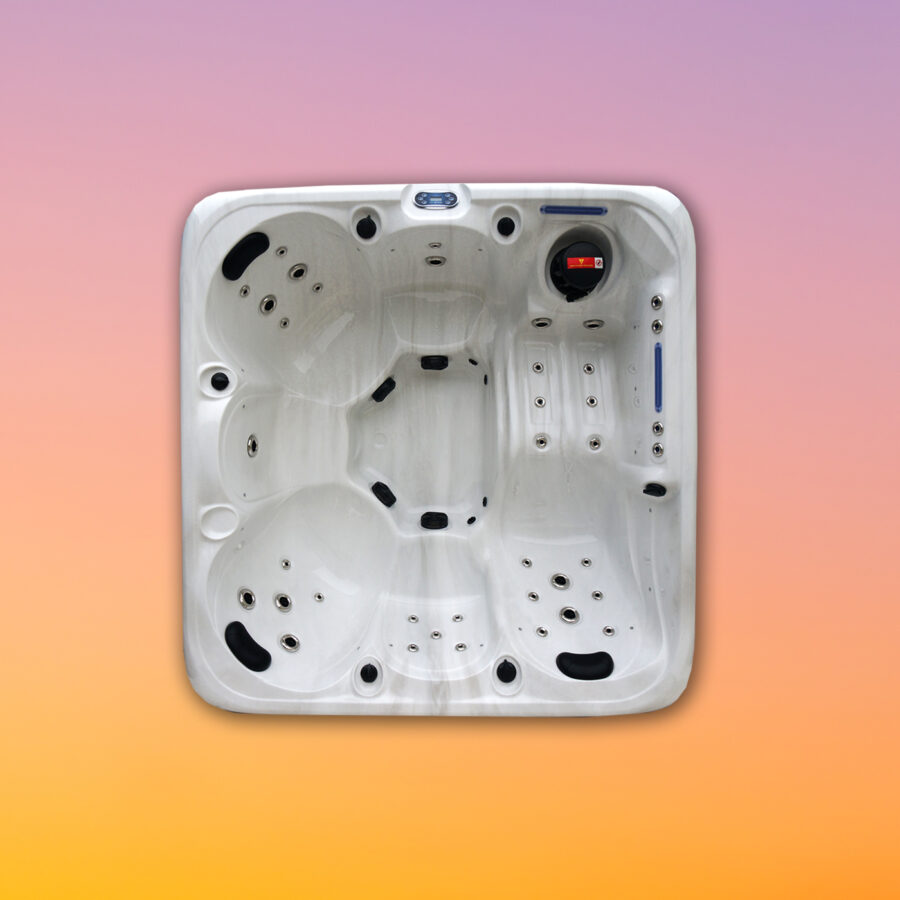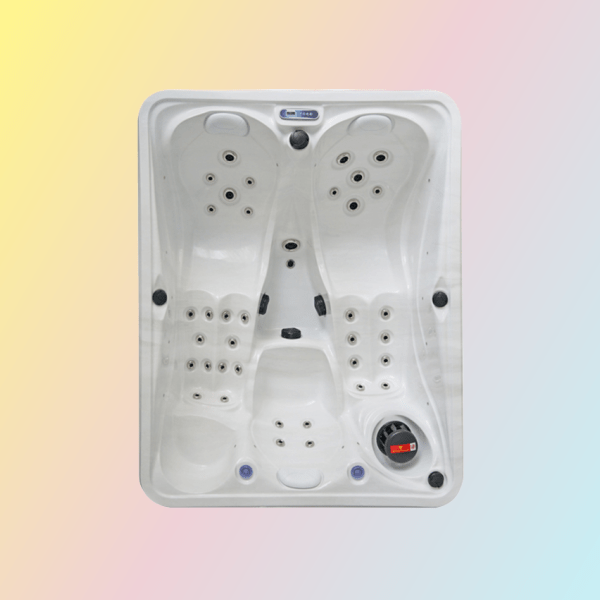Jacuzzi / Spa Pool
Jacuzzi / Spa Pool
A jacuzzi is a brand name that has become synonymous with whirlpool bathtubs and hot tubs featuring built-in water jets for hydrotherapy and relaxation. The term “jacuzzi” is often used interchangeably with “spa pool” and “hot tub”. In most cases, when people refer to a jacuzzi, they are likely talking about a spa pool or hot tub in general, rather than a specific Jacuzzi-branded product. Shop our jacuzzi with maximal quality at minimal prices!
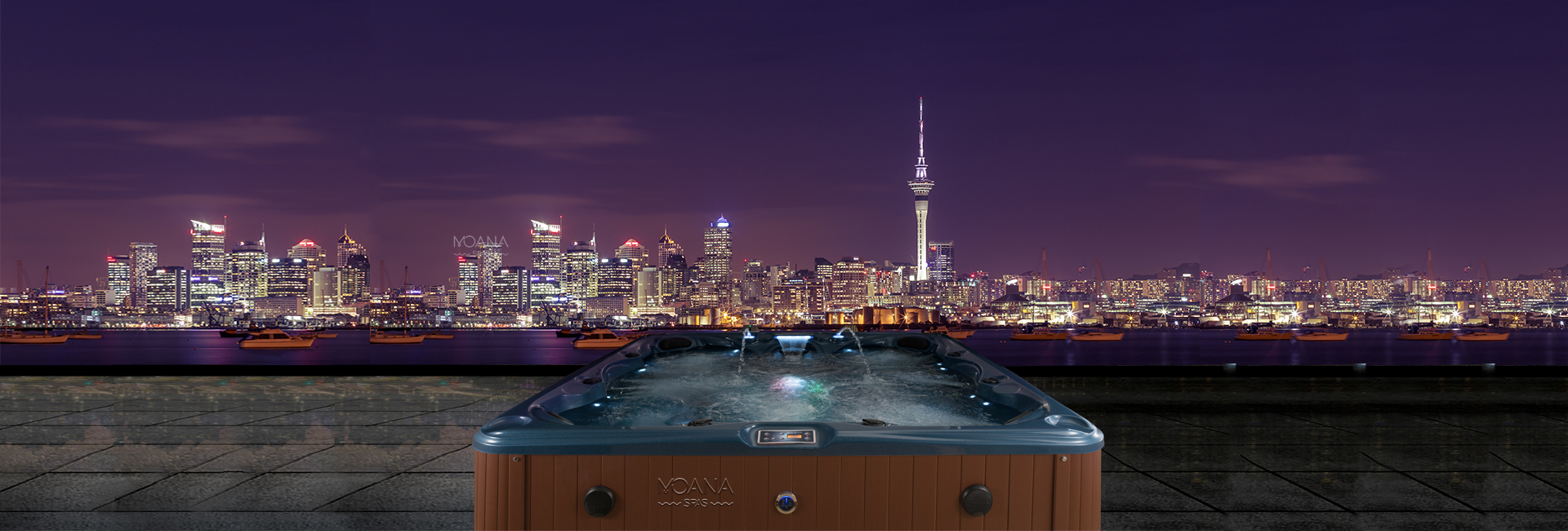
What are the main differences between a jacuzzi and a spa pool?
Brand vs. Category:
Jacuzzi is a specific brand name, whereas spa pool is a general term used to describe a category of heated pools or tubs with water jets. Not all spa pools are made by Jacuzzi, but all Jacuzzi-branded products fall within the spa pool category.
Jets:
Jacuzzis are known for their patented water jet systems, which provide a unique hydrotherapy experience. Spa pools, on the other hand, can have various types of water and air jets depending on the manufacturer and model.
Features:
Jacuzzi, being a specific brand, offers a range of features and options specific to their products. Spa pools, in general, can have a wide array of features depending on the manufacturer, including different jet configurations, seating arrangements, lighting, and entertainment systems.
Recommends
-
1 lounger, 6 Person Spa, Sale, Spas
St Clair Spa Pool-1 lounger & 5 Seats Jump into your hot pool Online promotion
Original price was: NZ$12,999.00.NZ$6,999.00Current price is: NZ$6,999.00.Price Includes:
Filter
Lockable Spa Pool Cover
Set of Twin Steps
3x PU Headrestsdimensions Color Black Marble Shell,White Marble Shell Capacity 6 Adults Massage Jets Total fo 45 Massage Jets Dimensions 2050 x 2050 x 780 mm (Height) AMP 15 6 Adults2050 x 2050 x 780 mm (Height)Total fo 45 Massage JetsAdd to cartQuick View
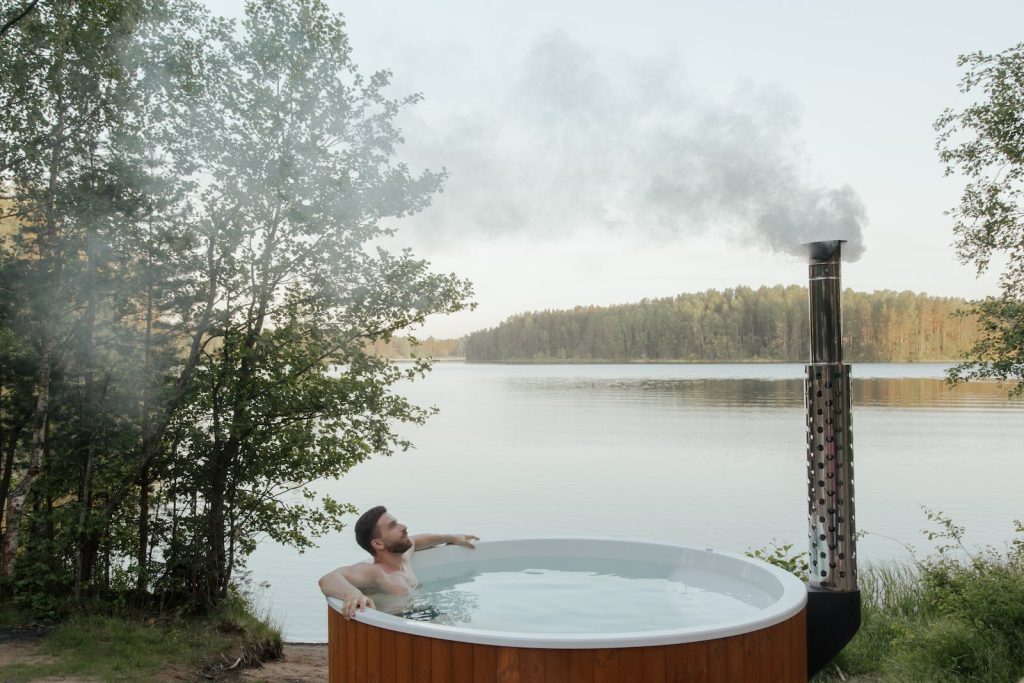
The history of Jacuzzi
The Jacuzzi brand originated in the early 20th century with the Jacuzzi brothers, Italian immigrants who initially worked in aviation and agriculture. In 1956, Candido Jacuzzi developed the J-300 portable submersible pump for hydrotherapy, leading to the creation of the first integrated whirlpool bath by Roy Jacuzzi in 1968. Over the years, Jacuzzi became synonymous with hot tubs and spa pools, expanding its product line to include various shapes, sizes, and features, and solidifying its position as a leader in the hydrotherapy and relaxation market.
The components and features of a Jacuzzi
Components:
- Shell: the interior surface of the Jacuzzi
- Jets: provide the massaging action through water and air pressure
- Pump: circulates water through the Jacuzzi
- Heater: maintains the water temperature
- Filtration system: keeps the water clean
- Control panel: adjust settings such as water temperature, jet intensity, and filtration cycles
- Insulation and cover: retains heat and protects the Jacuzzi
Features:
- LED lighting: make it easier to use the Jacuzzi at night
- Stereo system: provide entertainment while users relax in the Jacuzzi
- Water features: add visual appeal and provide additional relaxation
- Aromatherapy: release scented oils or fragrances
- Ozonator: reduce the need for chemical sanitizers
- Wi-Fi connectivity: control remotely through a smartphone app
Recommends
-
2 loungers, 3 Person Spa, Sale, Spas
Muriwai Spa Pool Backorder -2 Loungers & 1 Seat 15 Amp Jump into your hot pool Online Promotion
Original price was: NZ$9,399.00.NZ$5,999.00Current price is: NZ$5,999.00.Price Includes:
Filter
Lockable Spa Pool Cover
Set of Twin Steps
3x PU HeadrestsDimensions 2180 x 1750 x 900mm (Height) Color Black Marble Shell,White Marble Shell Capacity 3 Adults Massage Jets 36 Massage Total Jets AMP 15 3 Adults2180 x 1750 x 900mm (Height)36 Massage Total JetsAdd to cartQuick View
Health benefits of using a jacuzzi
Using a Jacuzzi or spa pool can offer several health benefits, as the combination of warm water, buoyancy, and massaging jets provides a soothing and therapeutic environment. Some of the health benefits include:
- Stress reduction
- Muscle relaxation
- Improved circulation
- Hydrotherapy
- Better sleep
- Arthritis relief
- Lower back pain relief
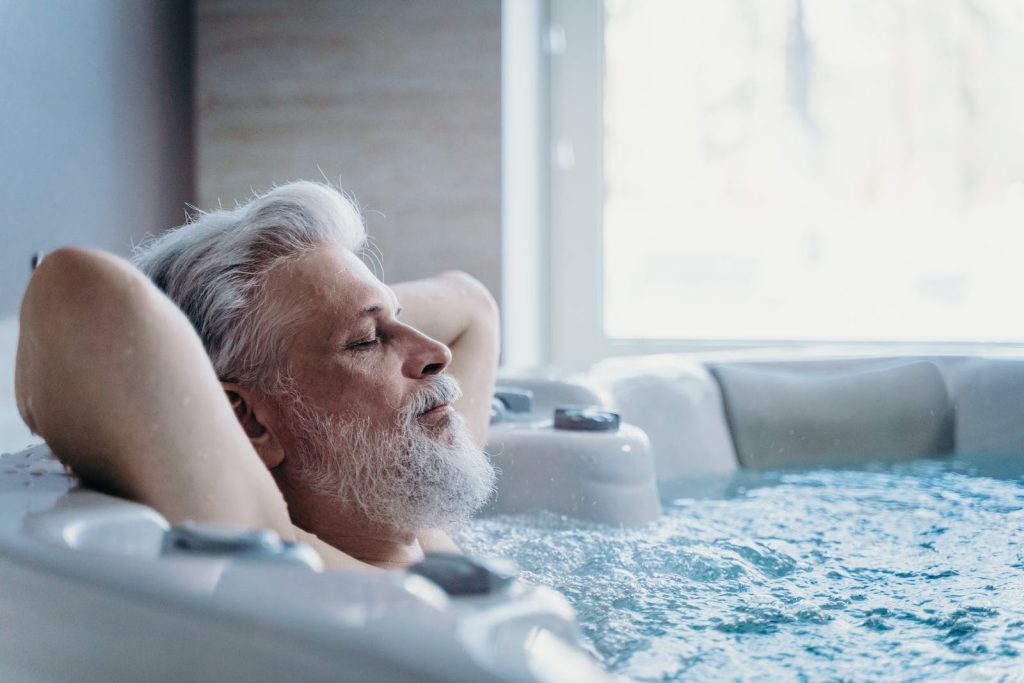
How to choose the right jacuzzi
Purpose
Determine the primary purpose of your Jacuzzi, such as relaxation, hydrotherapy, socializing, or a combination of these.
Size and seating capacity
Consider the number of people who will regularly use the Jacuzzi and the available space for installation.
Jets and hydrotherapy features
Look for models with adjustable jets and various configurations to target different muscle groups and provide a customizable hydrotherapy experience.
Material and build quality
Acrylic and fiberglass are common shell materials, while the frame can be made from wood, metal, or synthetic materials.
Installation requirements
Consider the installation process, including site preparation, plumbing, and electrical work. Above-ground models are generally easier and less expensive to install than in-ground models.
Maintenance and ease of use
Look for a Jacuzzi with user-friendly controls and low-maintenance features, such as easy-to-clean surfaces and accessible filters.
Optional features and accessories
Consider additional features, such as lighting, built-in sound systems, water features, or aromatherapy, that can enhance your spa pool experience.
Budget
Establish a budget for both the initial purchase and ongoing costs, such as energy consumption, maintenance, and accessories.
Warranty and support
Choose a reputable manufacturer that offers a comprehensive warranty and reliable customer support.
Recommends
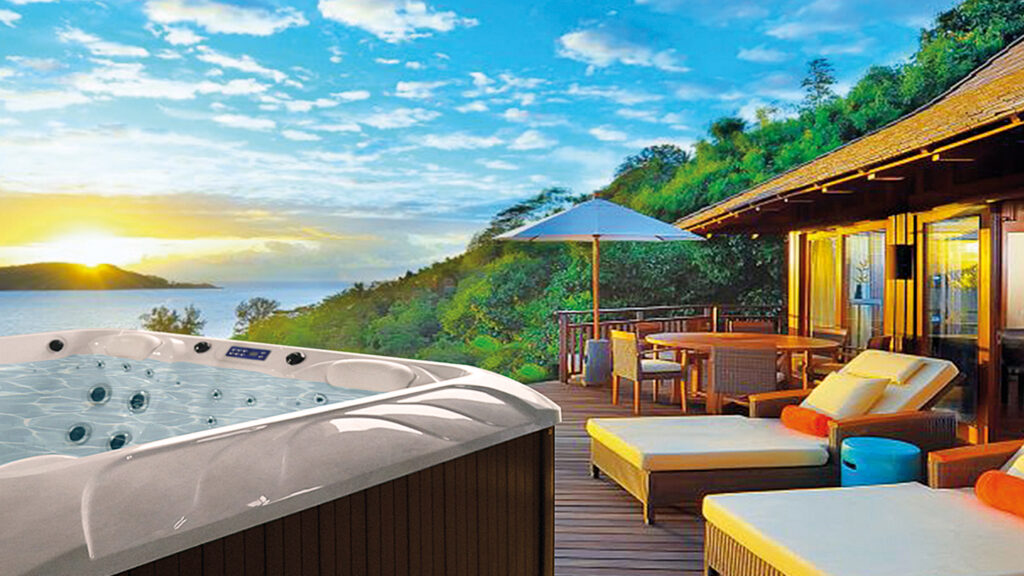
The cost of a jacuzzi
The initial cost of a Jacuzzi depends on the type, size, materials, and features. Smaller, simpler models can start at around $3,000, while larger, more luxurious models with advanced features can cost upwards of $15,000 or more.
Optional accessories, such as covers, steps, or handrails, can add to the overall cost. A quality cover is essential for retaining heat and protecting the spa pool from debris, and can range from $100 to $500, depending on size and quality.
Safety considerations of using a jacuzzi
Using a spa pool can be a relaxing and enjoyable experience, but it is essential to follow safety precautions to ensure a safe and comfortable environment for all users. Here are some safety precautions to consider when using a spa pool:
- Supervise children: Children should always be supervised by an adult when using a spa pool. Establish clear safety rules, such as no running or diving, and ensure that children understand the importance of following them.
- Temperature limits: The recommended water temperature for a spa pool is between 100°F (37.8°C) and 104°F (40°C). Excessive heat can be harmful, especially for pregnant women, young children, and individuals with heart conditions or high blood pressure. Consult a healthcare professional before using a spa pool if you have any medical concerns.
- Time limits: Limit your time in the spa pool to avoid overheating, dehydration, or dizziness. A general guideline is to soak for no more than 15-30 minutes at a time, although this can vary depending on personal comfort and health.
- Hydration: Ensure that you stay hydrated while using a spa pool, as the warm water can cause sweating and lead to dehydration. Drink water before, during, and after your soak to maintain proper hydration levels.
- Avoid alcohol and drugs: Consuming alcohol or using drugs before or during spa pool use can increase the risk of accidents, dehydration, and overheating. Refrain from using these substances in conjunction with spa pool use.
- Electrical safety: Ensure that all electrical components, such as the heater, pump, and control panel, are installed and maintained by a qualified professional. Keep electrical devices, such as smartphones or speakers, away from the water to prevent electrocution.
- Slip prevention: Use non-slip surfaces and mats around the spa pool to minimize the risk of slips and falls. Enter and exit the spa pool carefully, using steps or handrails if available.
- Sanitization and water quality: Maintain proper water quality by regularly testing and adjusting chemical levels, such as chlorine or bromine, to prevent the growth of bacteria or algae. Clean and replace filters as needed to ensure efficient water circulation and filtration.
- Cover and secure: When not in use, always cover and secure the spa pool to prevent unauthorized access, accidents, or drowning. A locking cover can be especially useful for homes with children or pets.
- Know your limits: Be aware of your personal health conditions and limitations. If you experience any discomfort or unusual symptoms while using a spa pool, exit the water immediately and consult a healthcare professional if necessary.

